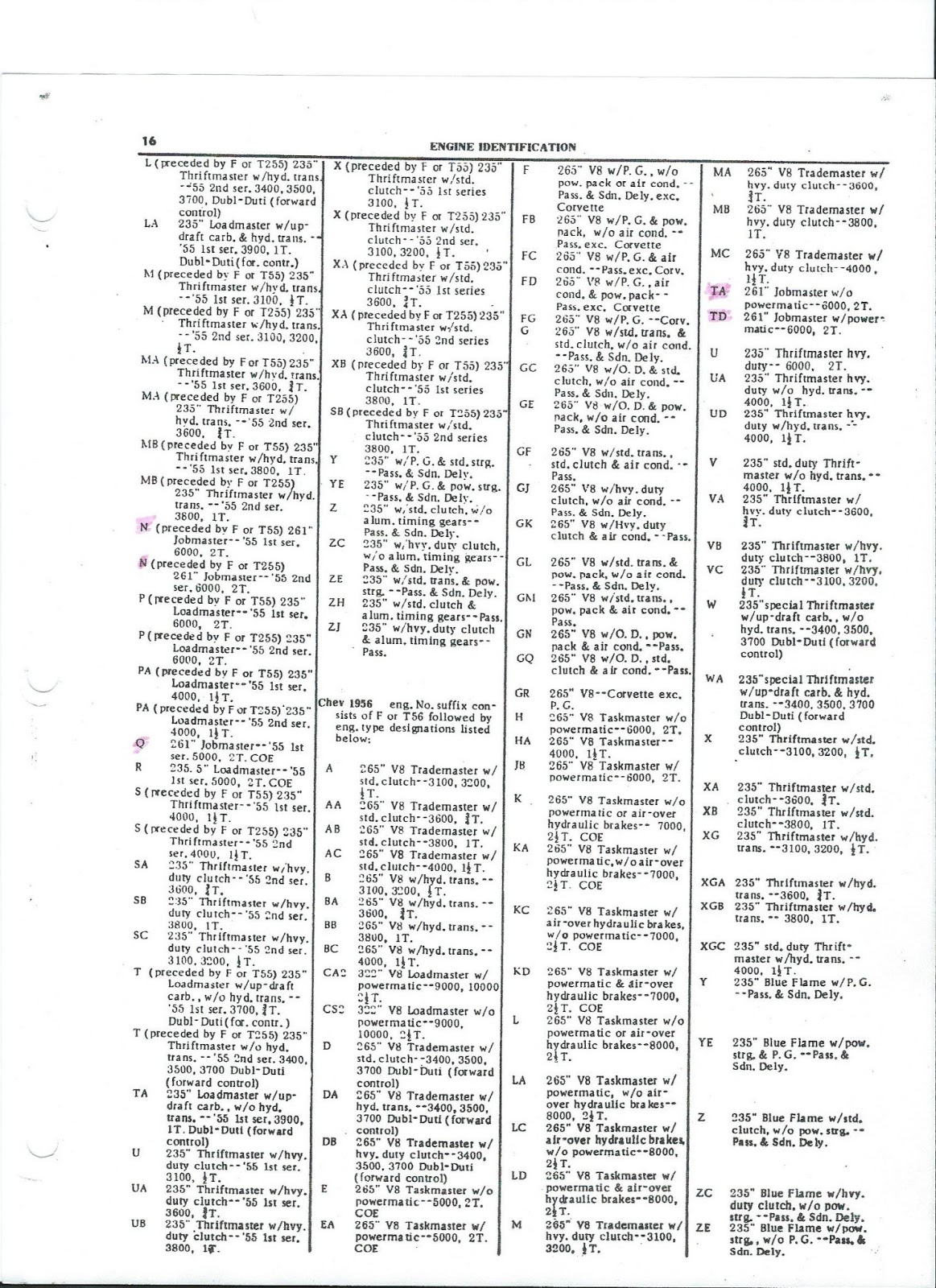Unlocking Your GM Engine: A Guide to Engine Codes
Ever stared at a cryptic code displayed on your GM vehicle's diagnostic tool and felt a wave of confusion? You're not alone. These codes, often referred to as Diagnostic Trouble Codes (DTCs) or specifically GM Engine Codes, are your vehicle's way of communicating a potential problem. Understanding these codes can empower you to address issues effectively, saving you time and money.
GM engine codes are standardized alphanumeric identifiers that correspond to specific malfunctions within the engine's systems. They act as a starting point for diagnosing issues, providing clues about the location and nature of the problem. While the codes themselves don't offer a complete diagnosis, they significantly narrow down the possibilities, guiding mechanics and DIY enthusiasts alike toward a solution.
The history of GM engine codes is tied to the rise of computerized engine management systems. As vehicles became increasingly complex, the need for a standardized diagnostic system became apparent. GM, along with other manufacturers, adopted the OBD (On-Board Diagnostics) system. This system, which evolved through various iterations (OBD-I, OBD-II), provides a framework for monitoring engine performance and reporting malfunctions through these coded messages.
The importance of understanding GM engine codes cannot be overstated. They provide a crucial link between the complex inner workings of your engine and the tools used to diagnose problems. Ignoring these codes can lead to further damage, costly repairs, and potentially unsafe driving conditions. Whether you're a professional mechanic or a car owner who prefers to handle basic maintenance, familiarity with these codes is invaluable.
One common issue related to GM engine codes is misinterpretation. While the codes provide a valuable starting point, they shouldn't be treated as the definitive diagnosis. Further investigation is always necessary. A code indicating a faulty oxygen sensor, for example, could be caused by a genuinely faulty sensor, but it could also stem from a vacuum leak or other underlying issues. This underscores the importance of using the codes as a guide for further diagnostics rather than a final verdict.
Deciphering a GM engine code typically involves identifying the letter and number combination displayed on your diagnostic tool. The first letter often indicates the system involved (e.g., "P" for powertrain). The following numbers represent the specific fault within that system. A code such as P0171, for example, typically points to a lean fuel mixture. Numerous online resources, including dedicated GM code lookup databases and forums, can provide detailed explanations for each code.
Benefit 1: Early Problem Detection. By identifying issues early, you can prevent minor problems from escalating into major, costly repairs. Example: A P0300 code (random misfire) can indicate a simple spark plug issue. Addressing it promptly can prevent potential damage to the catalytic converter.
Benefit 2: Empowered Troubleshooting. Understanding the codes allows you to communicate effectively with mechanics, saving you time and potentially avoiding unnecessary repairs. Example: If you see a P0420 code (catalyst system efficiency below threshold), you'll have a better understanding of the potential causes and can discuss them intelligently with your mechanic.
Benefit 3: Cost Savings. By understanding the codes, you can potentially diagnose and fix simple issues yourself, avoiding the expense of a mechanic visit. Example: A P0135 code (oxygen sensor heater circuit malfunction) might simply involve replacing the affected oxygen sensor, a relatively straightforward task for a DIYer.
Advantages and Disadvantages of Using GM Engine Code References
| Advantages | Disadvantages |
|---|---|
| Early problem detection | Potential for misinterpretation |
| Empowered troubleshooting | Requires further diagnostic steps |
| Cost savings | Can be overwhelming for beginners |
Best Practice 1: Use a reputable code reader. Investing in a quality OBD-II scanner can ensure accurate code retrieval.
Frequently Asked Questions:
Q: What does a P0401 code mean? A: Exhaust Gas Recirculation Flow Insufficient Detected.
Q: Where can I find a list of GM engine codes? A: Online databases and forums are good resources.
Tips and Tricks: Always clear the codes after addressing an issue to confirm the repair was successful. Keep a record of past codes for future reference.
In conclusion, understanding GM engine codes is essential for maintaining your vehicle's health and performance. These codes offer a valuable window into the complex systems of your engine, empowering you to address issues proactively and efficiently. While the codes themselves don't provide a complete diagnosis, they are a crucial starting point. By learning to interpret these codes, you can take control of your vehicle's maintenance, saving time, money, and frustration. Embrace the opportunity to learn more about your GM engine codes – you'll be surprised at the insights they can provide, leading to a more satisfying and informed ownership experience. Take the time to explore available resources, consult with experienced mechanics, and never underestimate the power of understanding your vehicle's language.
Sc dmv drivers license renewal online your ultimate guide
Exploring the paradox of love gangster precious moments drawings
Mastering apa heading sizes a guide to perfect formatting













